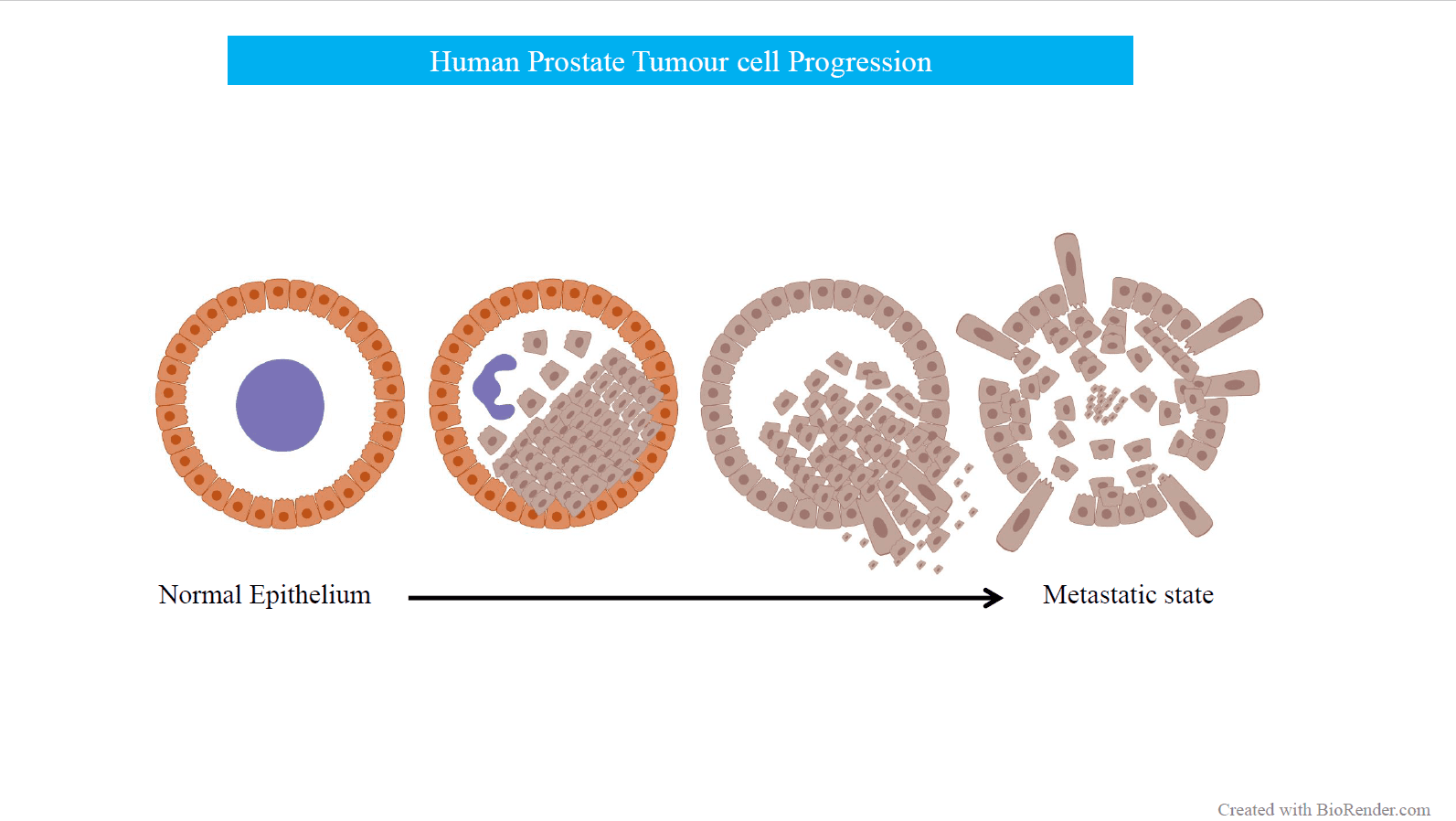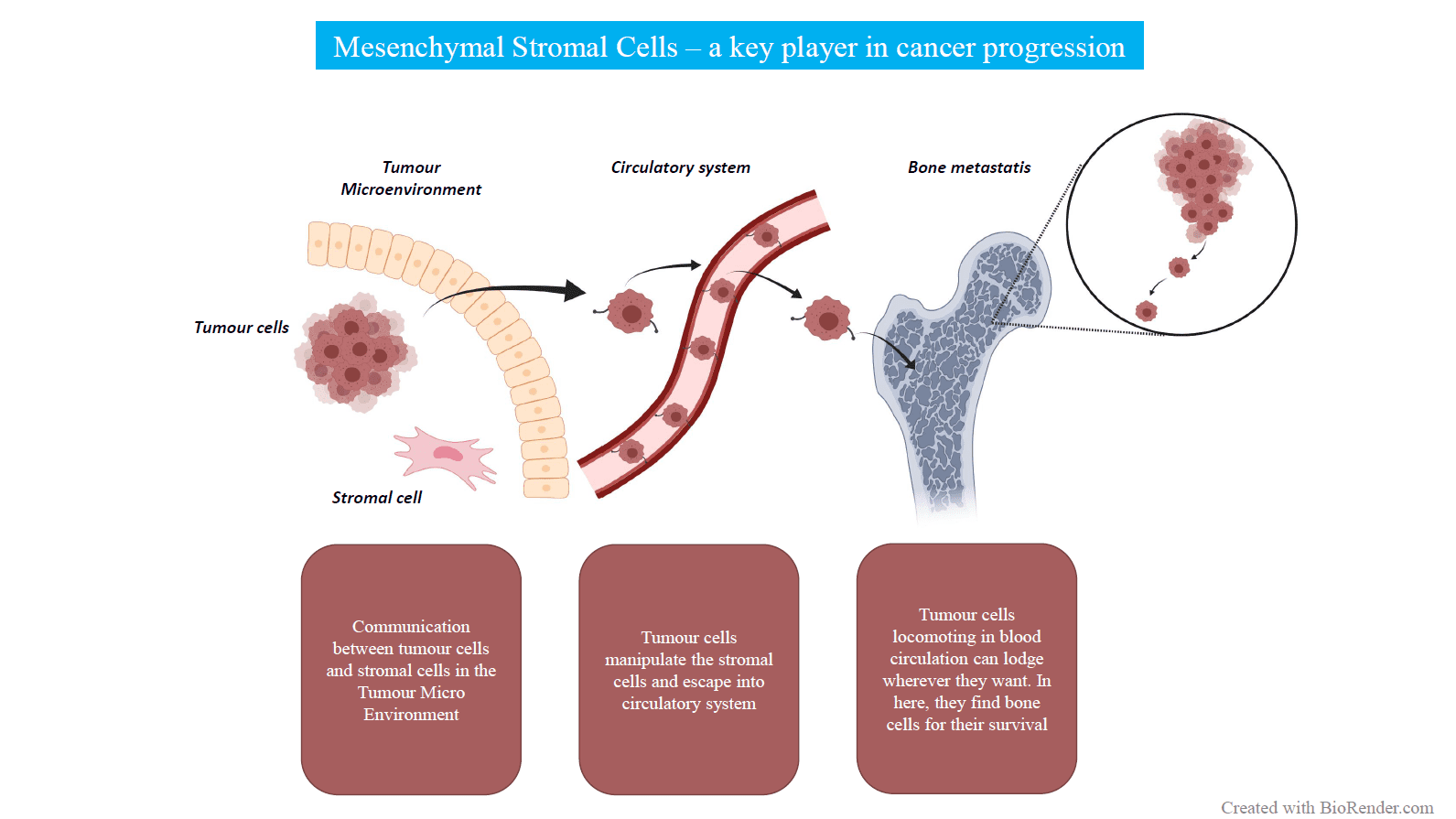Dear Men, Attention Please!!
By LifETIME CDT Student: Sugunapriyadharshini Sundararaman (NUI Galway)
Prostate cancer (PCa) is among the common cancers in men and its incident rate is rising globally. In this blog, we review the causes, symptoms, treatment options, and current research highlights for prostate cancer. What are the major risk factors for developing prostate cancer? Firstly, a man’s risk increases as he ages. Other key factors include his genetics, family history, endogenous hormones (hormonal changes inside our body). These are what we call non-modifiable risk factors, i.e. We cannot control it. How about the risks that can be controlled? Leading a healthy lifestyle by taking steps to reduce smoking, excessive alcohol use and having a more active metabolism, one can reduce the risk of developing prostate cancer, and other diseases such as cardiovascular disease and diabetes! After all, Prevention is better than cure.
The aim is to introduce people to early symptoms linked to prostate cancer and the diagnostic approaches available to aid early intervention.
Symptoms
- Frequent urination at night
- Burning sensation while urinating
- Blood in the urine
- Inflammation/enlargement of prostate gland
- Onset of erectile dysfunction
- Pain or discomfort
Experiencing any or all these symptoms daily can greatly affect physical and mental wellbeing. To improve the quality of life of patients, there have been enormous developments achieved in the diagnostic side of science. These scientific terms are illustrated in simple words for the ease of understanding of the reader.
There are two quick examinations to detect PCa at an early stage.
- Digital rectal examination (DRE). A test in which the doctor inserts a gloved, lubricated finger into the rectum and analyse the surface of the prostate through the bowel wall for any irregularities.
- Prostate Specific Antigen (PSA) blood test: Blood samples will be collected and tested for the level of prostate specific antigen. The high levels of PSA in blood is a warning sign. According to PSA levels, the patient will be placed under different stages of cancer. There are totally four stages of PCa, the treatment becomes difficult with increase in stage of cancer, therefore the aim is to pick up prostate cancer at the earliest stage possible. However, having an elevated PSA does not necessarily mean you have cancer. Approximately 50% of patients do not. To determine if PSA is due to cancer, a Biopsy can be done.
- Biopsy: Removal of a small amount of tissue for examination under a microscope. To get a tissue sample, a surgeon uses transrectal ultrasound (TRUS, see below) and a biopsy tool to take very small slivers of prostate tissue. 12 core Biopsies will be taken on several areas of prostate cancer for examination. This procedure can take 20 to 30 minutes to complete.
After discussing their symptoms and relevant diagnostic results with their doctor, Patients will be advised on treatment options based on their age, health, and diagnosis. There are few treatment options given below.
Treatments
- Active surveillance of PSA levels for 3-6 months to monitor for disease progression.
- Local surgery techniques:
Radical (open) prostatectomy: A surgical removal of the entire prostate and the seminal vesicles. Lymph nodes in the pelvic area may also be removed.
Robotic or laparoscopic prostatectomy: A camera and instruments are inserted through small keyhole incisions in the patient’s abdomen. Less invasive and faster recovery.
3. Radiation therapy:
- External-beam radiation therapy: The radiation oncologist uses a machine located outside the body to focus a beam of x-rays on the area with the cancer. Brachytherapy: This involves the insertion of radioactive sources directly into the prostate. These sources, called seeds, give off radiation just around the area where they are inserted and may be left for a short time (high-dose rate) or for a longer time (low-dose rate).
4. Systemic therapy:
- Hormonal therapy: Androgen receptor targeting inhibitors to prevent the hormonal secretion signals sent by the body
To make sure every single person can attain and enjoy an optimal quality life, we as researchers joined to develop diagnostic tests, treatment strategies and minimally invasive surgeries in different areas of Cancer. One such research throws new light on mesenchymal stromal cells. These are cells that originate from bone marrow and can differentiate into various cell types in our body. Under their watch, the repair systems in our human body function properly. Unfortunately, glitches in the matrix of those cells can lead to their physical changes that helps them to aid in the development of metastatic disease. In metastatic disease the tumour evolves so that localised prostate cancer gains the ability to travel to other organs, especially into bones.
We suspect that stromal cells play a key role in cancer progression!
Our research involves decoding the change in behaviour of stromal cells that help the cancer cells to escape from its origin. Our main job is to recreate a tumour microenvironment on a tissue culture system that recapitulates real-time systems. Co-culturing of stromal cells and PCa cells on an Ultra-Low attachment (ULA) culture disk develops them into 3D spheroids. These spheroids mimic real-time cell structures in a human body. However, this is not an easy task. Imagine, sustaining tumour environment on a culture disk on a laboratory. This is as interesting as challenging. Hence, I received this opportunity to pursue my PhD on identifying the role of stromal cells in prostate cancer and their invasion into bone. I believe, I could develop potential possibilities in the therapeutics of Prostate Cancer.









